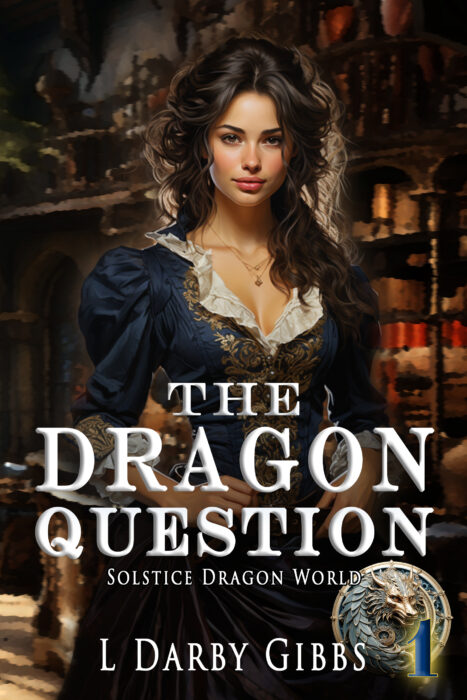The pen is my sword. I have written before that writers are readers. We read for our own enjoyment and to learn techniques, both through exposure to well-written work and through examination of the works we read. Lu Chi’s Wen Fu (which I have cited in the past) said it best: When cutting an axe…
Tag: Dawnflight
March 5, 2014
